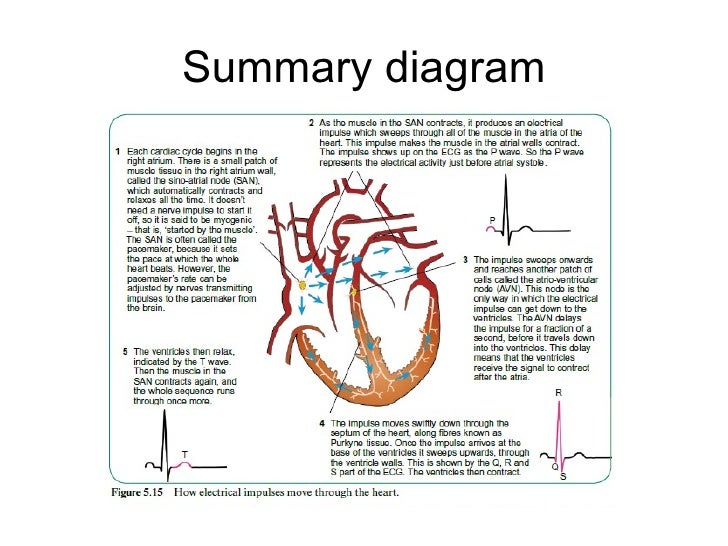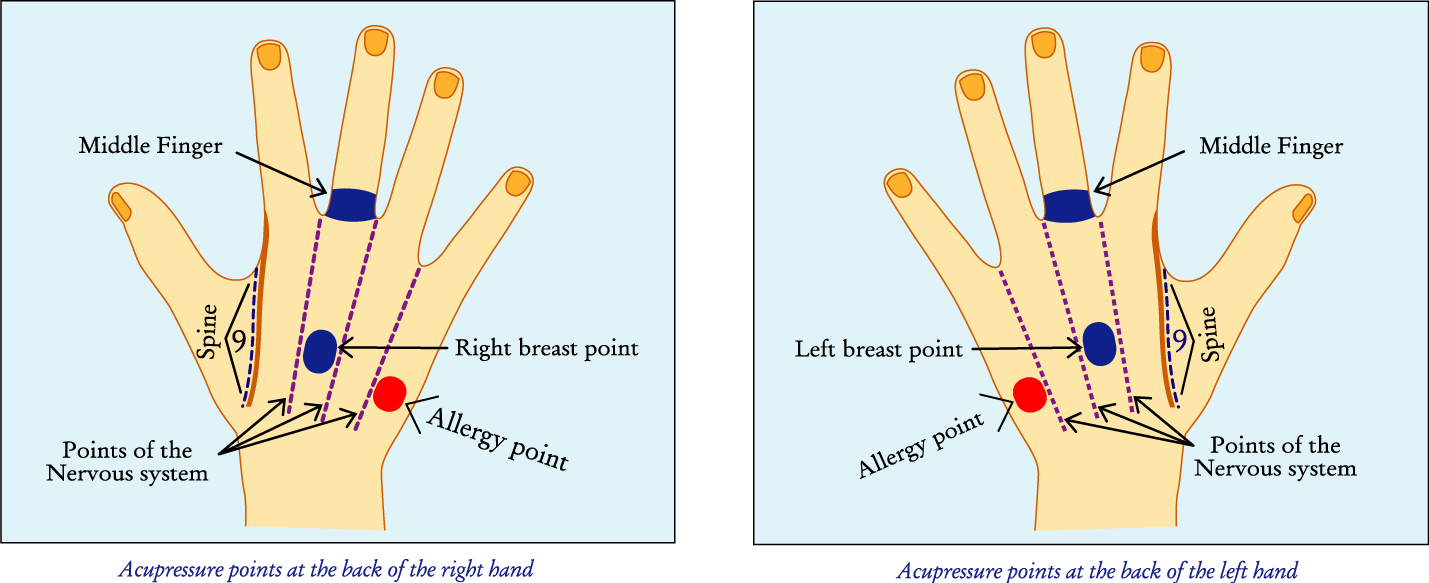Stunning Info About How To Control Heart Beat

Resting heart rate is a measure of how fast your heart is beating when you're at rest.
How to control heart beat. Exhale as you count slowly to four. Tachycardia treatment involves taking steps to prevent the heart from beating too fast. It induces the force of.
The cardiac electrical signal controls the heartbeat in two ways. You want to keep this number low in order to prevent heart disease. A resting heart rate is somewhere between 60 and 100 beats per minute, but it.
Heart palpitations can last seconds, minutes or longer. Slow deep breathing exercises have been scientifically proven to lower and control your heart rate. An arrhythmia is an abnormality of the heart's rhythm.
Treatment for a heart arrhythmia depends on whether the heart is beating too fast or too slow. The autonomic nervous system (ans) is responsible for controlling many physiological functions. Six steps to taking control of your heart health.
Signals from your body’s nervous system and hormone from your endocrine system control how fast and hard your heart beats. In general, healthy adult heart rates range from 60 to 100 beats per minute, but ranges also depend on age. Put the second and third fingers of one hand on the inside of the wrist of the other hand, just below the thumb or on the side of your neck, just below the corner of.
This may involve medicines, implanted devices, or heart surgeries or. First, since each electrical impulse generates one heartbeat, the number of electrical impulses. Management methods to stop heart palpitations may include relaxation techniques and exercise.
Heart palpitations are common and not usually a sign of anything serious. Learn why a lower heart rate is important for your health and ways to lower your heart rate. Hold your breath for a count of four.
You can try for a higher number. The most effective way to achieve a lasting lower heart rate is to do regular exercise. Here are the target resting heart rate ranges for various.
Some heart arrhythmias do not need treatment. It may beat too slowly, too quickly, or irregularly. Although any kind of exercise can be helpful, the authors suggest that yoga and endurance trainingmay be the most.
To diagnose palpitations, a health care provider will do a physical exam and listen to your. By kalia doner, mayo clinic press editors. Breathe in through your nose and out through your mouth slowly.














.PNG)
